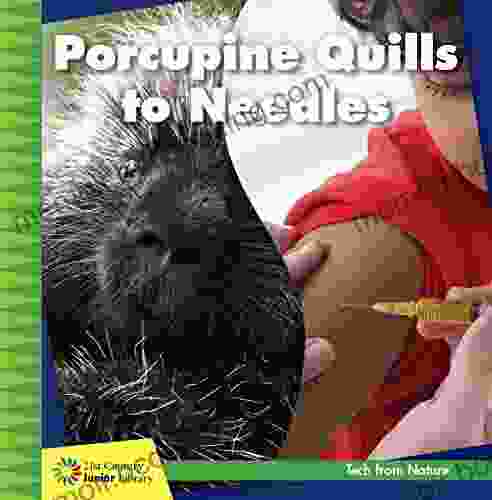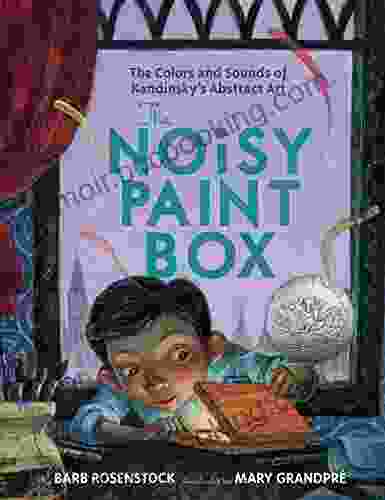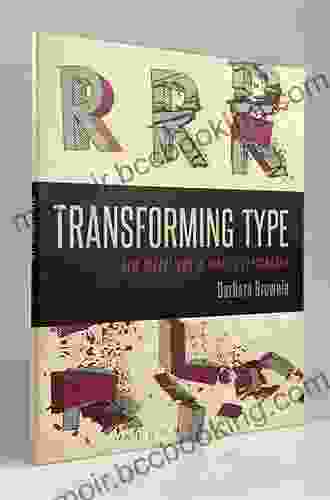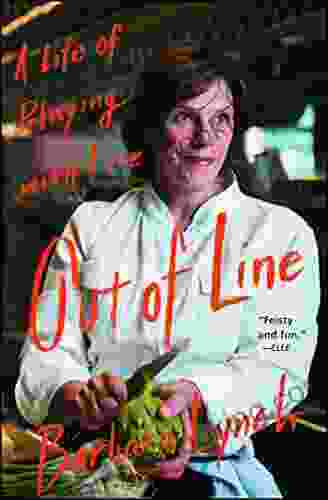Porcupine Quills to Needles: Unraveling the Secrets of an Extraordinary Animal Adaptation

Embark on an extraordinary journey into the captivating world of porcupine quills. These captivating structures, with their intricate design and remarkable properties, have played a pivotal role in nature and human history. In this comprehensive article, we delve into the fascinating science, history, and cultural significance of porcupine quills, exploring their unparalleled adaptations and the innovative uses they have inspired.
Anatomy and Biology of Porcupine Quills
Porcupine quills are specialized hairs that grow from the skin of porcupines, primarily on their backs. Unlike typical hair, quills are constructed of keratin, the same protein found in human hair and nails. However, they differ significantly in their structure and properties. Quills are hollow, cylindrical shafts with sharp, barbed tips. This unique design allows them to penetrate deeply into the skin of predators, causing pain and deterring further attacks.
5 out of 5
| Language | : | English |
| File size | : | 9674 KB |
| X-Ray for textbooks | : | Enabled |
| Print length | : | 24 pages |
| Screen Reader | : | Supported |
The production of quills is a complex biological process. Each quill is formed within a follicle in the porcupine's skin. As the quill grows, it becomes gradually harder and denser. The barbs develop along the quill's surface, providing it with its signature grasping ability.
Defense Mechanism and Predator Deterrence
Porcupine quills serve as a formidable defense mechanism against predators. When threatened, porcupines can raise their quills, which can extend up to 10 centimeters in length. The sharp tips and barbed structure make it painful for predators to come into contact with the quills. If a quill penetrates the skin, the barbs prevent it from being easily removed, causing further discomfort.
This defense mechanism has proven highly effective in deterring predators. Studies have shown that predators quickly learn to avoid porcupines due to the painful consequences of quill encounters. The quills' effectiveness has even led to the development of protective clothing and armor inspired by their design.
Quillwork: A Tradition Steeped in Cultural Heritage
Beyond their biological significance, porcupine quills have held immense cultural and artistic value for centuries. Native American tribes have traditionally used quills in intricate quillwork, a form of embroidery that adorns clothing, accessories, and ceremonial objects.
Quillwork involves carefully sewing or weaving quills onto fabric or leather. The quills are often dyed in vibrant colors to create elaborate designs and patterns. Quillwork has been passed down through generations, with each tribe possessing unique styles and techniques.
In addition to Native American cultures, quillwork has been practiced by other indigenous groups around the world, including the Inuit and Ainu people. Each culture has developed its own distinct style and symbolism, reflecting the cultural heritage and beliefs of the people who create it.
Quills in Modern Applications
In modern times, the unique properties of porcupine quills have inspired innovative applications beyond traditional crafts. Scientists have discovered that quills possess antibacterial and antimicrobial properties, making them promising candidates for medical research.
Experiments have shown that quill extracts can inhibit the growth of bacteria, including antibiotic-resistant strains. This discovery has sparked interest in developing quill-based antibiotics and other medical treatments. The ability of quills to penetrate tissues also holds promise for drug delivery systems.
Additionally, the strength and durability of quills have led to their use in creating composite materials for aerospace and automotive industries. The unique structure of quills provides lightweight and impact-resistant properties, enhancing the performance of these materials.
Porcupine quills are remarkable structures that embody the wonders of nature and human ingenuity. From their intricate biological design to their cultural and practical significance, they have captivated the imagination for centuries. This article has provided a comprehensive overview of the fascinating world of porcupine quills, highlighting their unique adaptations, historical uses, and potential in modern applications.
As we continue to explore the secrets of these extraordinary structures, the legacy of porcupine quills will undoubtedly endure, inspiring further scientific discoveries, cultural preservation, and innovative advancements.
5 out of 5
| Language | : | English |
| File size | : | 9674 KB |
| X-Ray for textbooks | : | Enabled |
| Print length | : | 24 pages |
| Screen Reader | : | Supported |
Do you want to contribute by writing guest posts on this blog?
Please contact us and send us a resume of previous articles that you have written.
 Book
Book Novel
Novel Page
Page Chapter
Chapter Text
Text Story
Story Genre
Genre Reader
Reader Library
Library Paperback
Paperback E-book
E-book Magazine
Magazine Newspaper
Newspaper Paragraph
Paragraph Sentence
Sentence Bookmark
Bookmark Shelf
Shelf Glossary
Glossary Bibliography
Bibliography Foreword
Foreword Preface
Preface Synopsis
Synopsis Annotation
Annotation Footnote
Footnote Manuscript
Manuscript Scroll
Scroll Codex
Codex Tome
Tome Bestseller
Bestseller Classics
Classics Library card
Library card Narrative
Narrative Biography
Biography Autobiography
Autobiography Memoir
Memoir Reference
Reference Encyclopedia
Encyclopedia Andrea Di Robilant
Andrea Di Robilant Ashley L Wilson
Ashley L Wilson Arthur L Allan
Arthur L Allan Argentina Parra
Argentina Parra Alan Lawrence Sitomer
Alan Lawrence Sitomer Avery Carl
Avery Carl Axel Scheffler
Axel Scheffler Anne Choma
Anne Choma Averell Ace Smith
Averell Ace Smith Apollo Publishers
Apollo Publishers Andrew Karevik
Andrew Karevik Alyssa Cole
Alyssa Cole Ayser Salman
Ayser Salman Aaron Shepard
Aaron Shepard Aubre Andrus
Aubre Andrus Alyssa Shelasky
Alyssa Shelasky Anthony M Townsend
Anthony M Townsend Anita Pratap
Anita Pratap Anita Friedman
Anita Friedman Aris Spanos
Aris Spanos
Light bulbAdvertise smarter! Our strategic ad space ensures maximum exposure. Reserve your spot today!
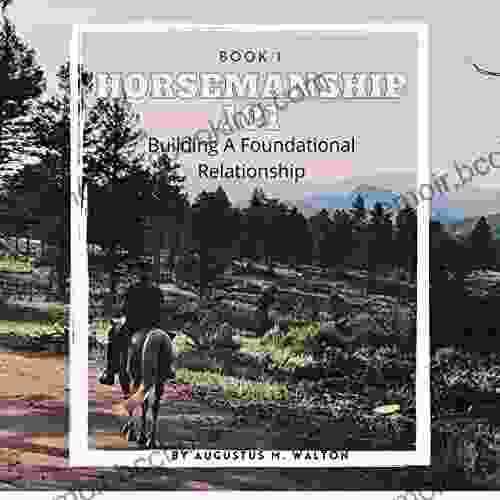
 Maurice ParkerHorsemanship 101: Building the Foundational Relationship for a Lifetime of...
Maurice ParkerHorsemanship 101: Building the Foundational Relationship for a Lifetime of...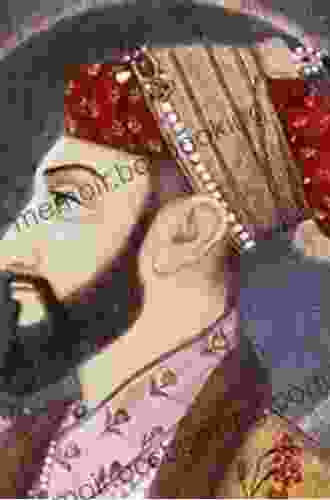
 Hector BlairThe Life and Legacy of India's Most Controversial King: A Captivating Journey
Hector BlairThe Life and Legacy of India's Most Controversial King: A Captivating Journey
 Demetrius CarterDiscover the Secrets of Nature's Elixir: 35 Nourishing Recipes for Milk...
Demetrius CarterDiscover the Secrets of Nature's Elixir: 35 Nourishing Recipes for Milk... Richard SimmonsFollow ·17.4k
Richard SimmonsFollow ·17.4k Gavin MitchellFollow ·12.7k
Gavin MitchellFollow ·12.7k Arthur MasonFollow ·17.2k
Arthur MasonFollow ·17.2k Craig CarterFollow ·9.4k
Craig CarterFollow ·9.4k T.S. EliotFollow ·14.3k
T.S. EliotFollow ·14.3k Garrett PowellFollow ·10k
Garrett PowellFollow ·10k Tim ReedFollow ·3.3k
Tim ReedFollow ·3.3k Spencer PowellFollow ·3.6k
Spencer PowellFollow ·3.6k
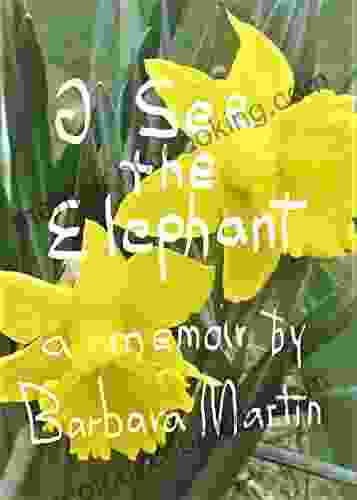
 Brayden Reed
Brayden ReedTeach Your Child They Have No Self Worth And They Will...
By Dr. Jane Doe ...

 Shawn Reed
Shawn ReedUnveiling Centuries of Tradition: History of Childbirth...
Journey into the heart of the...
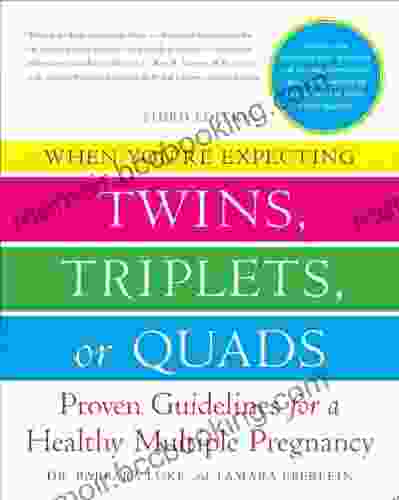
 Brady Mitchell
Brady MitchellProven Guidelines For Healthy Multiple Pregnancy
Congratulations on your...

 Dylan Mitchell
Dylan MitchellHarness the Power of Sleep for Optimal Health and...
In the fast-paced,...
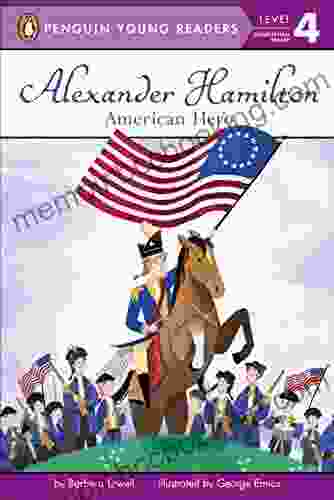
 Herman Melville
Herman MelvilleAlexander Hamilton: The Revolutionary Who Shaped...
Alexander Hamilton was a...
5 out of 5
| Language | : | English |
| File size | : | 9674 KB |
| X-Ray for textbooks | : | Enabled |
| Print length | : | 24 pages |
| Screen Reader | : | Supported |


